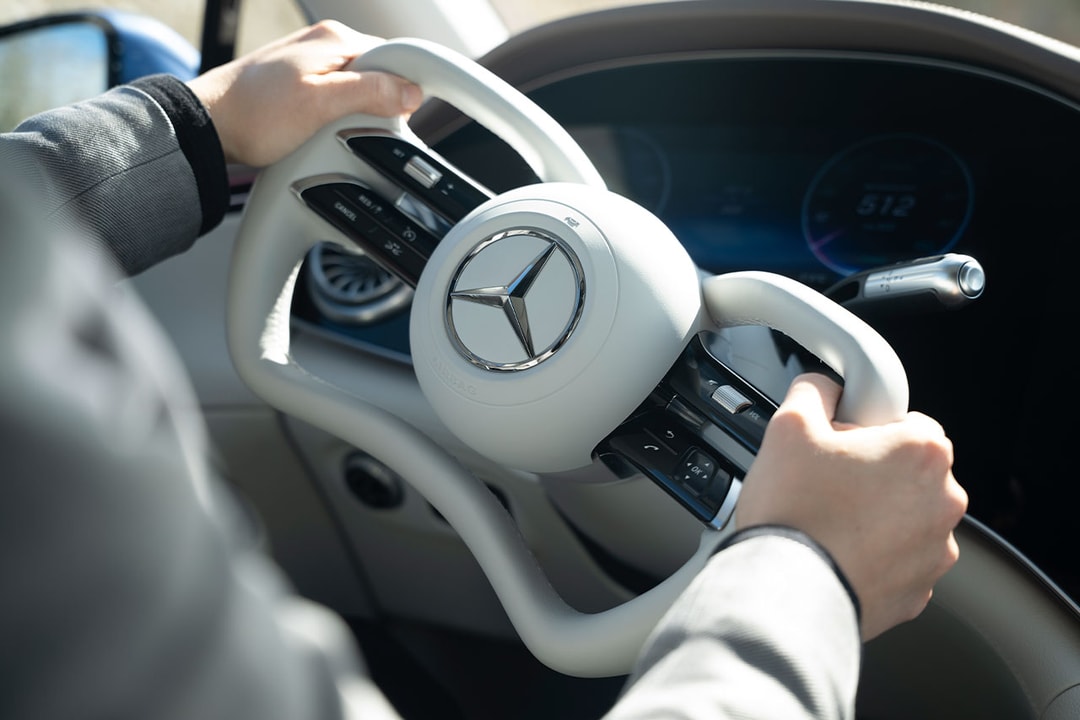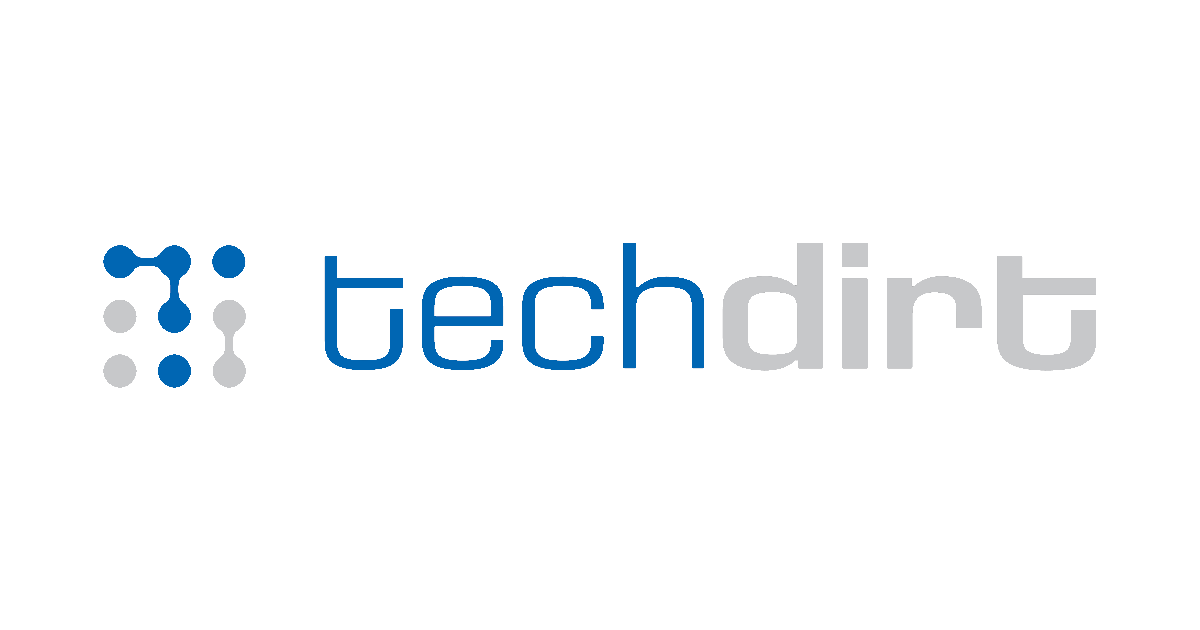CATL Unveils Revolutionary Battery Technologies Promising Unmatched Longevity and Performance

Contemporary Amperex Technology Co., Limited (CATL), the worlds largest battery manufacturer, boasting a remarkable 38% share of the global battery market, has recently unveiled groundbreaking advancements in battery technology that are not merely theoretical concepts but are already making their way into production.
Among the most notable innovations is the Naxtra battery, which proudly claims the title of the first mass-produced sodium-ion battery globally. This shift to sodium-ion technology is significant, as sodium is considerably cheaper, more abundant, and notably safer than its lithium counterpart. The Naxtra battery has achieved an energy density comparable to that found in contemporary lithium-ion cells, registering around 175 Wh/kg. Perhaps even more impressive is its longevity, with CATL asserting that it can endure over 10,000 charge cycles throughout its lifetime.
This development represents a seismic shift in battery technology. To put it into perspective: Tesla's LFP (LiFePO4/lithium iron phosphate) battery packs are typically rated for between 3,000 and 4,000 charge cycles before the battery capacity degrades to below 70-80%. Such degradation would effectively reduce the range of a Tesla Model 3 Long Range from its EPA-estimated 363 miles (584 km) down to a more modest 255 miles (410 km). Historical data indicates that, after traveling 200,000 miles (322,000 km), the average battery capacity loss is around 15%, which is solid performance. However, if CATL's claim of over 10,000 charge cycles holds true, it could equate to an astonishing 3.6 million miles (5.8 million km) of driving before dropping below 85% capacity. This means these batteries could potentially be passed down to future generations who may be zipping around in flying cars.
Another distinct advantage of sodium-ion technology is its superior performance in cold weather. The Naxtra battery can function effectively in temperatures ranging from -40 F to 158 F (-40 C to 70 C). Even when only 10% of its charge remains, CATL asserts that the Naxtra will still deliver full power at temperatures as low as negative forty degrees. In contrast, traditional lithium-ion batteries typically operate within a temperature range of -4 F to 140 F (-20 C to 60 C) for discharging and have a much stricter charging temperature range of 32 F to 113 F (0 C to 45 C).
In addition to the Naxtra battery, CATL has introduced the Freevoy Dual-Power battery, which features a unique dual architecture allowing for various configurations. This innovative design encompasses five layers that provide dual high-voltage and low-voltage capabilities, thermal management, structural integrity, and safety systems. The Freevoy battery adapts to driving conditions, switching between different zones based on whether the driving is short or long, aggressive acceleration, or cold weather. This flexibility means that during frigid winters, a sodium/LFP combination could provide optimal performance, as sodium maintains its power output even at -40 degrees. Conversely, an LFP/LFP configuration could be ideal for fast charging, making daily driving more economical at roughly US$0.025 per mile (1.6 km) a significant reduction compared to the approximately $0.125 per mile average cost of gas-powered vehicles in the US.
For those seeking ultimate range, CATL proposes an NCM/NCM (Nickel Cobalt Manganese) combination in its Freevoy 180-kWh battery, which could potentially achieve an impressive 930 miles (1,500 km) of range with a power output exceeding 1 megawatt (1,000 kW). This level of output is significant, considering that Tesla's fastest model, the Model S Plaid, has a peak output of 760 kW (1,020 hp).
During CATL's Tech Day conference, which took place on April 21, 2025, the company also showcased the Shenxing Gen 2 ultra-fast-charging battery. Building on the success of the first-generation Shenxing, which already offered impressive 4C fast charging, the new iteration has taken it a step further. The Shenxing 2.0 boasts a staggering 12C charging rate, the fastest recorded for LFP batteries. In the world of battery technology, the term C-rate refers to the charge and discharge rate relative to a battery's total capacity. A 1C rate means a battery can fully charge or discharge in one hour, so a 12C rate allows a battery to do so in just five minutes, which would revolutionize how quickly electric vehicles can be charged.
Realistically, Tesla's Superchargers, which are often regarded as the benchmark in the US for public charging, typically operate between 3C and 5C. While there are plans in place to develop even faster charging capabilities, the infrastructure needs considerable upgrades before such advancements can be realized on a large scale. The Shenxing Gen 2 battery is reported to have a range of about 500 miles (800 km) at a 12C charge rate, equating to a battery pack of around 108 kWh. If one could locate a charger with 1,300 kW output (currently non-existent), it would translate to gaining approximately 1.5 miles (2.5 km) of range for every second of charging.
According to CATL, the Shenxing Gen 2 also excels in cold weather, able to accept fast charging in freezing conditions and providing an impressive 830-kW output when nearly depleted. The companys Chief Technology Officer, Gao Huan, expressed enthusiasm for these innovations, stating, "Once again, we are pushing the boundaries of performance beyond limits." Many observers would likely concur with this sentiment.
While these impressive advancements in battery technology signify a potential revolution in electric vehicles, it is essential to note that these innovations have not yet been widely adopted outside of China. Moreover, the infrastructure for 1.3-MW chargers is not currently available anywhere in the world. Given CATL's established reputation as a leader in battery technology, there is optimism that these developments will reach the market sooner rather than later. However, much like the industry approaches the CLTC (China Light-Duty Vehicle Test Cycle) range figures with skepticism with the stated 930-mile (1,500 km) range likely translating to an EPA-estimated 700 miles (1,125 km) the ongoing trade tensions between the US and China may influence the accessibility and cost of these technologies in the near future.
For those interested in diving deeper into these developments, the complete CATL Tech Day conference can be viewed online.


























